
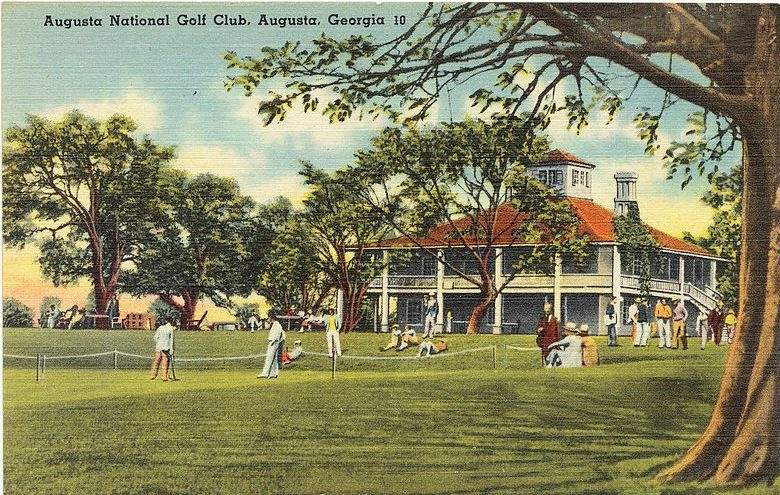
Trees and flowers of Augusta Country
Welcome to golfblogger.com. Come back every day for more new independent golf content. Check out all our best masters content in the link.
Augusta National is based on the former orchard nursery that operated from 1857 to 1910 and imports a variety of plants from all over the world. So, it’s no surprise that Augusta National has as many stadiums as stadiums. Thanks to TV, the trees and flowers of Augusta National are well known worldwide.
Famously, each hole in Augusta National is named after trees, bushes, shrubs or flowers found in the course. Well, here are pictures of trees and flowers in Augusta National, hole by hole.
Hole 1: Tea olives


Tea olives are an evergreen shrub native to Asia. These flowers are used as traditional medicines and are used as infusion of tea.
Hole 2: Pink Dogwood


Dogwood is a deciduous tree that grows throughout the eastern United States and northern Mexico. It is the state tree and flower of Virginia, the state tree of Missouri, and the state flower of North Carolina. It is believed that the name comes from the factory’s use in the treatment of Mange.
Cave 3: Blooming peaches


Peaches are native to China and are cultivated worldwide. Interestingly, peaches and nectarines are the same species. Trees and fruits have great cultural significance in many places in Asia. Georgia is known as Tao State. Peaches are also the state flower of Delaware. Peach Pie is a state dessert in Delaware.
Hole 4: Flowering crab apple
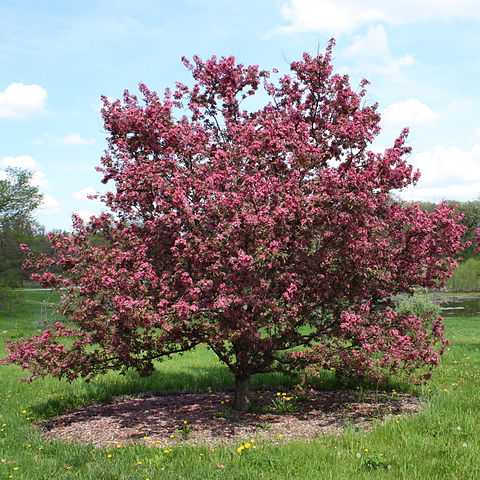

Related to domesticated orchard apples, Crabapple has small sour fruits. The sour taste is due to the presence of malic acid. They are natives with temperate climates.
Cave 5: Mulan


Among the trees and flowers of the Augusta country, Magnolia is perhaps the most famous. The entrance to Augusta National is Magnolia Lane. Magnolia can be found in Asia, North America and Central America. Fascinating fact: Magnolia trees as a species are older than bees and rely on beetles for pollination. Mississippi is known as the state of Mulan. This is also the state flower of Louisiana.
Hole 6: Juniper
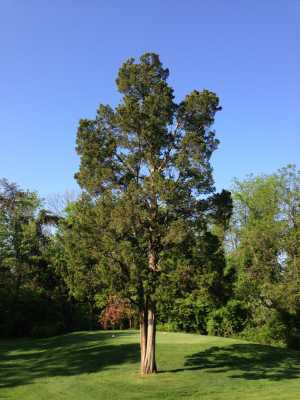

Juniper, also known as Eastern Red Cedar, is one of a group of conifers found worldwide. It can range from bushes to tree sizes sixty feet tall. Its wood is often used as a fence post because the moth avoids its aroma to secure the clothes box.
Hole 7: Pampas
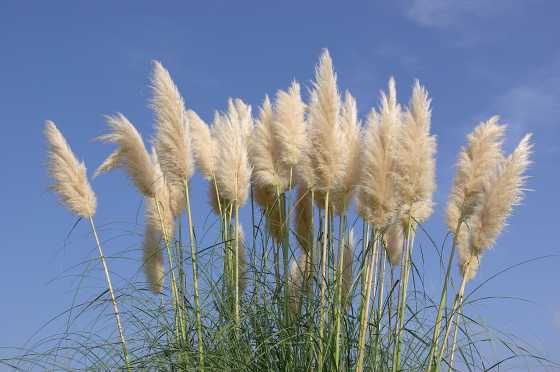

Pampas is a flowering plant that can grow up to ten feet.
8 holes: Yellow jasmine
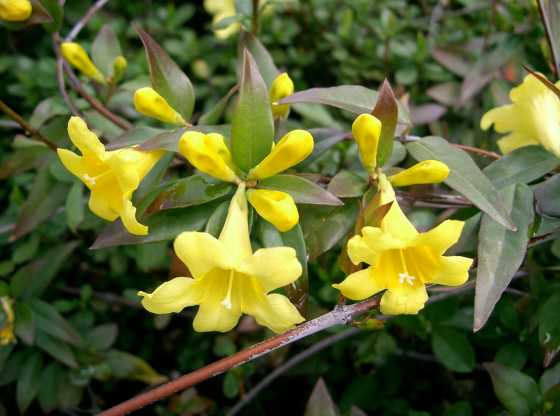

Also known as the Yellow Jessimine and Caroline Jasmine, the Yellow Jasmine is a flowering vine in the southeastern United States. The evergreen will was mistaken for honeysuckle, which is actually poisonous. Yellow Jessmine is the state flower of South Carolina.
9 holes: Carolina Cherry


The cherries in Carolina are known as Carolina Laurelcherry and Cherry Laurel. It is an evergreen flowering tree in the southeastern United States. When damaged, its leaves and branches break down into hydrogen cyanide, making it toxic and highly deer resistant. Its leaves leave a smell of almond extract when crushed.
Cave 10: Camellia


Camellia is a flowering evergreen shrub that grows up to 60 feet tall. It is native to Asia. It is also called camellia and is used to use its leaves as tea. Its seeds are the source of oil.
Cave 11: White Goat Wood


Dogwood is a deciduous tree that grows throughout the eastern United States and northern Mexico. It is the Virginia State Tree and Flowers, the Missouri State Tree and the North Carolina State Flowers. It is believed that the name comes from the use of plants in the therapeutic Mange.
Hole 12: Golden Bell
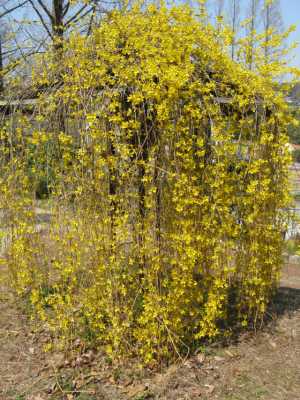

Golden Bell, more commonly found in Forsythia, is a flowering shrub in China.
Hole 13: Rhododendron
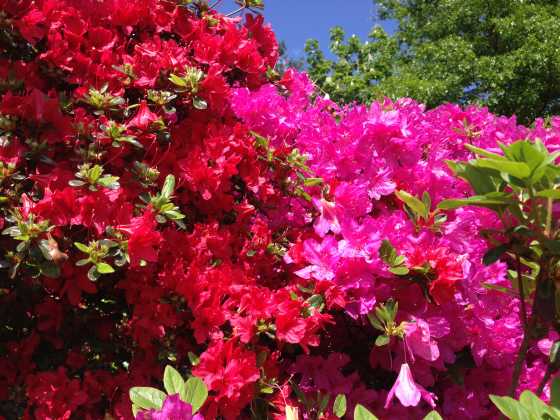

The flowering shrubs of azaleas are native to Asia, North America and Europe. Centuries of selective breeding have created over 10,000 different breeds. Azalea is a state wildflower of Georgia. In the flowers and trees of Augusta Country, these TVs may be the most time.
Hole 14: Chinese fir
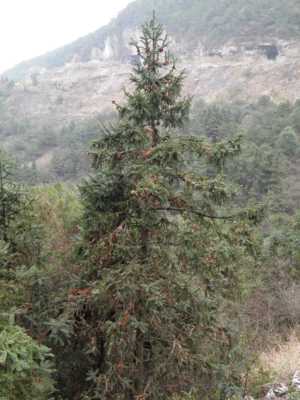

Chinese fir is a type of evergreen conifer. The species is native to China, Vietnam and Laos. It produces a durable, fragrant wood that is precious in China and is used in coffins and temples. As an ornamental tree, it is widely used in parks.
Hole 15: Firethorn
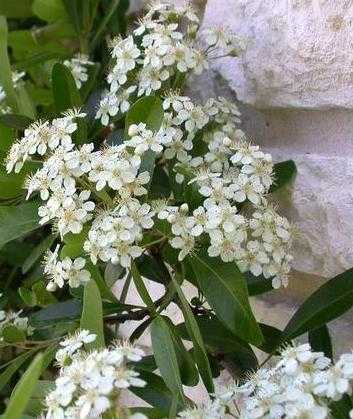

Firethorn is an evergreen shrub with thorns, white flowers and red, orange or yellow berries. It is from southwest Europe to Southeast Asia.
Hole: 16: redbud
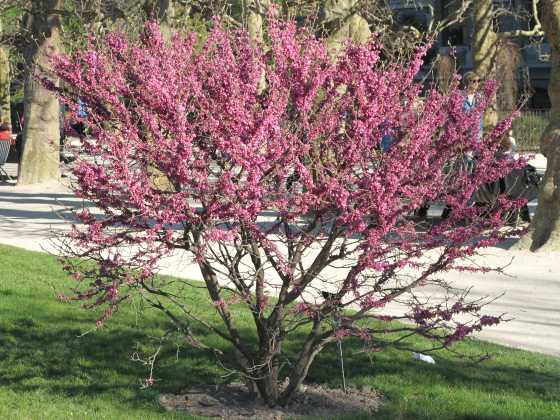

Redbud is a small deciduous tree that also grows with the shrubs. Strangely, it is a member of the Pea Family (Fabaceae). The species of Redbud are both old and new.
Hole 17: Nandina


Nandina is a flowering evergreen shrub. Although it is not bamboo (bamboo is actually grass), it is also called “bamboo in the sky”. The plants have red berries and should not be consumed as they are converted to hydrogen cyanide when digested.
Hole 18: Holly


There are more than 400 kinds of holly trees, spread throughout almost all temperate and subtropical regions of the world. Holly trees can be evergreen or deciduous and have varieties including trees, shrubs and climbers.
Tea Olive Picture Source: Laitr Keiows – My Own Job, CC BY-SA 3.0,
Flowering Dogwood Photo Source: Famartin – His own work, CC BY-SA 3.0,
Blooming Crabapple Photo source: Bruce Marlin –
Magnolia Photo source: SB2S3 – My own work, CC BY-SA 4.0,
Juniper Photo Source: Famartin – My Own Job, CC BY-SA 3.0,
Pampas Grass Photo Source: JLPC – My Own Job, CC BY-SA 3.0,
Yellow Jessamine Photo Source: Kenpei – Photos of Kenpei, CC BY-SA 3.0,
Carolina Cherry Photo Source: By Homeredwardprice – Originally uploaded to Flickr as Carolina Laurel Cherry, CC uploaded by 2.0
Camellia Image source: Written by Junichiro Aoyama in Kyoto, Japan – Camellia Sasanqua, CC By 2.0,
Golden Bell Photo Source: Kenpei – Photos of Kenpei, CC BY-SA 3.0,
Photo source of the azalea: Famartin – My own work, CC BY-SA 3.0,
Chinese fir photo source: Micromesistius – My own work, CC BY-SA 3.0,
Firethorn Photo source: Dave Whitinger – All Things Plants, cc by-sa 3.0,
redbud photo source: tangopaso – self-projection, public domain,
Nandina Image source: CC BY-SA 3.0,
Holly Photo source: Jürgen Howaldt – His own work (Selbst Esstelltes Foto), CC BY-SA 2.0 DE,
Related
Discover more from the Golfblogger Golf Blog
Subscribe to send the latest posts to your email.
Source link



